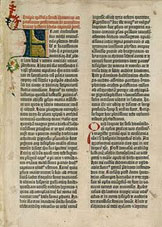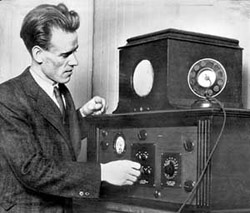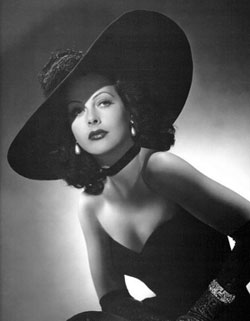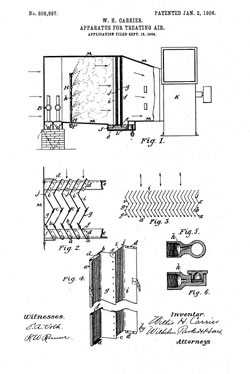 On October 7, 1952 Bernard Silver and Norman Joseph Woodland received US Patent 2,612,994 for “Classifying Apparatus and Method.”
On October 7, 1952 Bernard Silver and Norman Joseph Woodland received US Patent 2,612,994 for “Classifying Apparatus and Method.”
In 1948, Bernard Silver, then a graduate student at Drexel University, overheard a conversation that would eventually lead to the development of the bar code. The president of a local food chain was looking for a system that would automatically read information during the check out process. Silver told another graduate student, Norman Joseph Woodland about the conversation and they began working on solutions.
Their first working system used patterns of ink that glowed under ultraviolet light. The ultraviolet ink had problems with stability and was extremely expensive to print. Still, Woodland was convinced that he had a workable idea. In order to have more time to work on the project, he quit Drexel, sold some stock and moved in with his grandfather in Florida. Continue reading “Invention of the Bar Code Patented: Saving You Time at Checkout”

 According to traditional dating, on September 30, 1452, Johann Gutenberg’s began printing his Bible which became the first book to be published in volume. The Bible, known as the 42-line Bible because there were 42 lines on each page, was very large consisting of 1280 pages. The Latin words were printed in black ink and then an illustrator added colorful designs in the margin. Two hundred copies of the two-volume Gutenberg Bible were printed, a small number of which were printed on vellum. 48 copies of this bible are known to still exist today.
According to traditional dating, on September 30, 1452, Johann Gutenberg’s began printing his Bible which became the first book to be published in volume. The Bible, known as the 42-line Bible because there were 42 lines on each page, was very large consisting of 1280 pages. The Latin words were printed in black ink and then an illustrator added colorful designs in the margin. Two hundred copies of the two-volume Gutenberg Bible were printed, a small number of which were printed on vellum. 48 copies of this bible are known to still exist today. Philo Taylor Farnsworth was an American inventor born August 19, 1906. He was best known for inventing the first fully electronic television system, including the first working electronic image pickup device (video camera tube), and for being the first to demonstrate fully electronic television to the public.
Philo Taylor Farnsworth was an American inventor born August 19, 1906. He was best known for inventing the first fully electronic television system, including the first working electronic image pickup device (video camera tube), and for being the first to demonstrate fully electronic television to the public. Hedy Lamarr was an Austrian-born American actress and scientist. Through her career as an actress, she was in more than 30 films including her biggest success as Delilah in Cecil B. DeMille’s Samson and Delilah, the highest-grossing film of 1949.
Hedy Lamarr was an Austrian-born American actress and scientist. Through her career as an actress, she was in more than 30 films including her biggest success as Delilah in Cecil B. DeMille’s Samson and Delilah, the highest-grossing film of 1949. The next time you are enjoying an air conditioned movie theater, shopping mall or a cool room in your house, you should thank Willis Carrier. As a young engineer at New York’s Buffalo Forge Heating Company, Willis was tasked with solving a humidity-control problem at a Brooklyn printing plant.
The next time you are enjoying an air conditioned movie theater, shopping mall or a cool room in your house, you should thank Willis Carrier. As a young engineer at New York’s Buffalo Forge Heating Company, Willis was tasked with solving a humidity-control problem at a Brooklyn printing plant.
 Edison executed the first of his 1,093 successful U.S. patent applications on 13 October 1868, at the age of 21. He filed an estimated 500–600 unsuccessful or abandoned applications as well.
Edison executed the first of his 1,093 successful U.S. patent applications on 13 October 1868, at the age of 21. He filed an estimated 500–600 unsuccessful or abandoned applications as well.